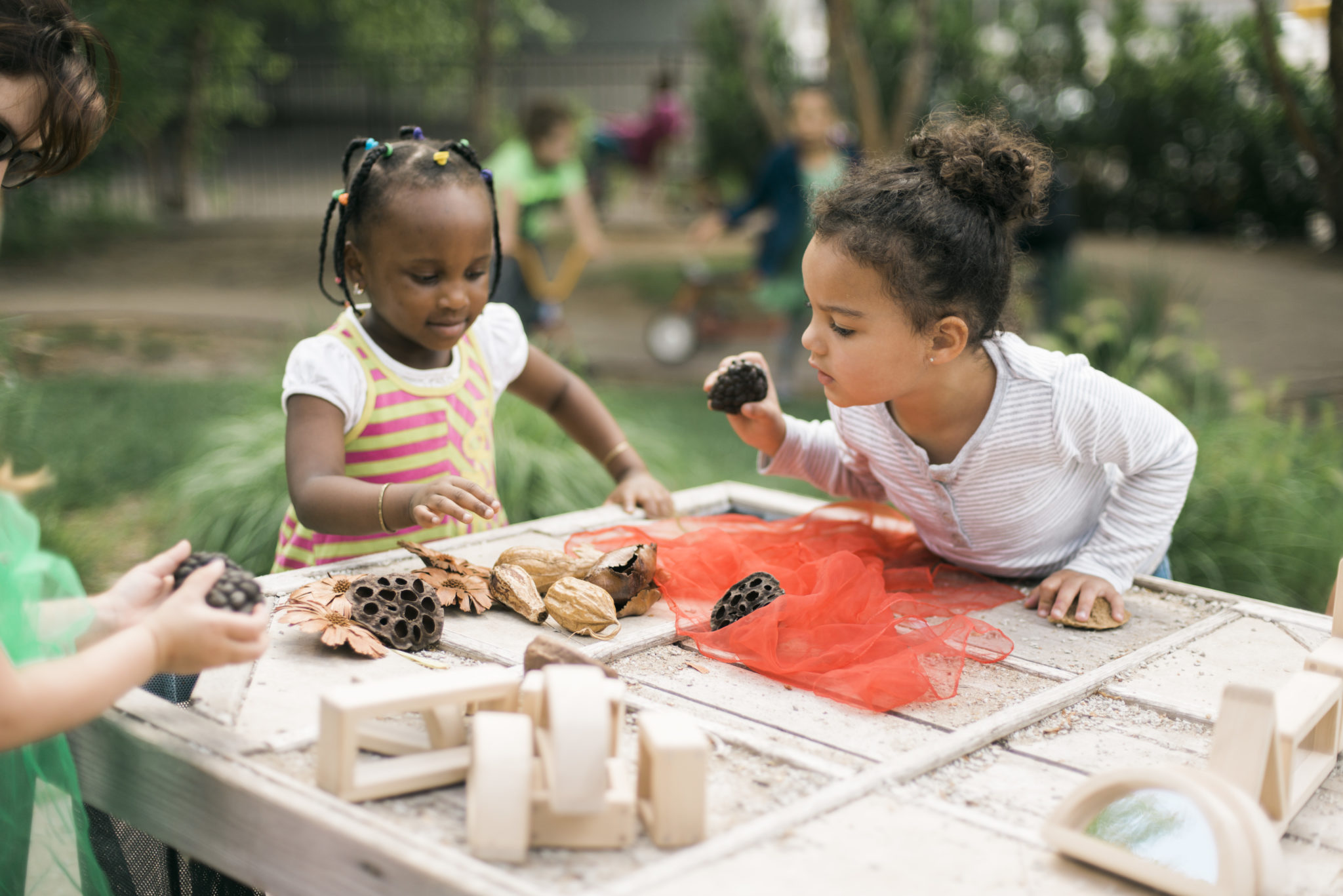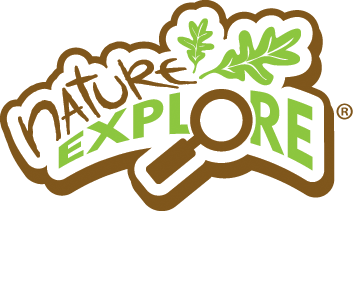Learning without Limits — Nature’s Loose Parts

Imagine a shoreline after high tide speckled with seashells, kelp and driftwood. The beach, filled with treasures more tantalizing than anything found in a department store, encourages children—and adults—to explore, create and imagine.
With no specific set of directions—and powered only by a child’s imagination—an assortment of conch shells might be gathered and classified, or used to transport water and mold the archway of a sand castle. Nature’s collections can be harnessed to create infinite play possibilities. Architect Simon Nicholson refers to items that are moveable and adaptable as “loose parts,” and encourages educators to provide children with a variety of these kinds of materials. He contends that, “In any environment, both the degree of inventiveness and creativity, and the possibility of discovery, are directly proportional to the number and kinds of variables in it.” Sand, water, rocks and shells provide variability and intrigue, which is why we can play for hours by the seashore.
Parents, grandparents and educators want children to grow up exploring, creating and imagining. We know that these play activities lead to creative thinking, adaptability and empathy—the exact skills we hope to foster in future generations. Nature’s loose parts can be found in any region, during any season. Just look around for seedpods, pinecones, sticks, rocks or flowers. It’s learning without limits, brought to you by nature. Read more from Simone Nicholson’s The Theory of Loose Parts, then post your own ideas and comments here.

